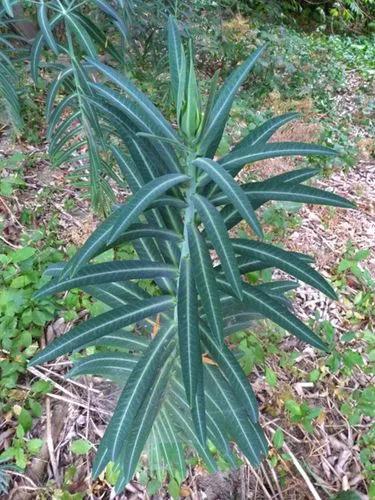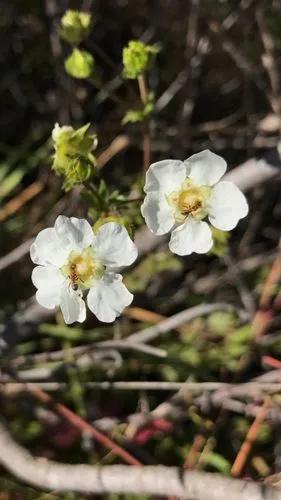Peace lilies are among the most popular houseplants with their graceful yet minimalistic white flowers. They like indirect light and shade, making them ideal for any indoor environments.
Peace Lily Care
Spathiphyllum floribundum



Spathiphyllum is a perennial herbaceous evergreen plant. The genus' plants thrive in damp and swampy woodlands, as well as beside rivers and streams.
Representatives of the species can grow to 40 cm tall, with a short stem and oval leaves. The plant's leaves are vibrant green, glossy, and 15-30 cm long.
White or cream-colored heads are encircled by a pale green coating—plant blooms from mid-spring to late summer.
For those seeking the finest Peace Lilies, Lively Root offers a selection that brings the beauty of nature indoors.
How to Care for the Plant

Water

Water generously in the spring, summer, and during flowering, a few days after the top layer of soil had dried. Water less in the winter, and the soil shouldn’t be dried out. Excessive watering might cause spathiphyllum to die. Inadequate watering makes the leaves fade and can cause black stains on the foliage.
Spathiphyllum should be sprayed regularly in the home. It is preferable to set the plant's container on a tray of moist expanding clay or stones. However, the drops should not fall on the flowers.
Pruning

With an annual replanting, hygienic pruning-cleaning of old dead pieces is necessary. This method renews and rejuvenates the bush, promoting free and complete growth.
Pruning is particularly crucial for old bushes that have been in the same pot for more than 2-3 years.
Fertilizer

Mineral fertilizers for flowering plants must be applied at room temperature from the beginning of spring until fall. The concentration is reduced to one and a half grams of fertilizer per liter of water.

Sunlight

The plant prefers low to bright indirect sunlight. Its leaves are constantly drawn to light, yet Peace Lily does not tolerate direct sunlight. Prolonged exposure to bright direct sunlight may burn and scorch their leaves and dry out their flowers.
As a result, the greatest place to grow spathiphyllum is on the window sills facing north. In all other circumstances, the plant is put on shelves, furniture, or even the floor, saving the leaves from possible sunburns.
Soil

This flower prefers light, loose, and permeable soils. You can use aroid-specific options or choose a universal potting mix.

Propagation

Cuttings root quickly in damp sand. The temperature in the room should not be lower than 72°F (22°C). When the cuttings have taken root, they are transferred into pots of peat, leaves, sod, and sand (2:2:1:1).
Spathiphyllum may also be propagated by splitting the root when transplanting in the spring.

Temperature

In the spring and summer, the temperature should be at least 65°F (18°C), and it is preferable to keep it around 72°F (22°C). Temperatures should not fall below 60°F (16 °C) in winter and autumn, as this causes a growth slowdown. Indoor spathiphyllum may rot and die if the temperature falls below 50°F (10°C). The plant is sensitive to drafts.

Container

The best option is a low and fairly cramped pot, 1–1.5 cm larger than the root system. Under such conditions, the plant will not waste energy filling the entire volume with roots.

Fun fact

Peace Lilies are regarded as a symbol of peace: the white flower is the emblem of the white flag, which is recognized worldwide as a signal of truce.

Popularity

106,653 people already have this plant 15,152 people have added this plant to their wishlists
Discover more plants with the list below
Related articles






